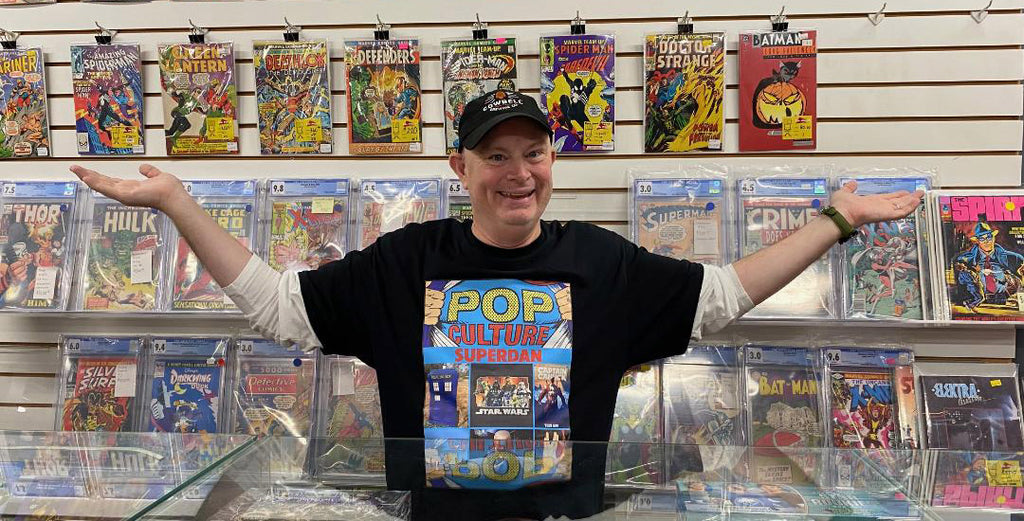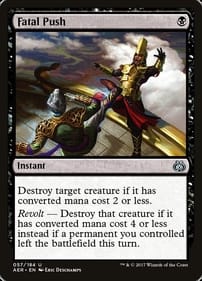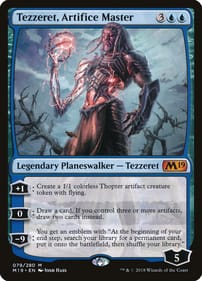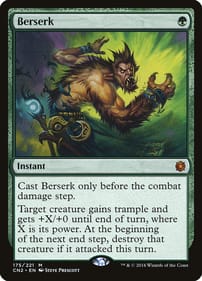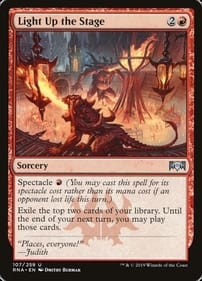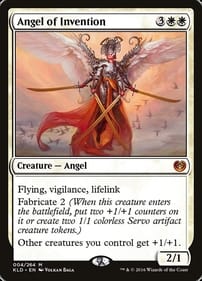Snoopy’s Brother is a Tragic Figure
By Dan Brown Snoopy: Doghouse Tales is the new Peanuts collection aimed at young readers. I’m not young, but I enjoyed it. I’m a fool for Snoopy, as well as his little bird buddy Woodstock. I recommend this one if you want to learn more about Snoopy’s family – not the human one Charlie Brown belongs to, but Snoopy’s dog siblings. A fair number of the strips in this 172-page collection feature Spike, one of Snoopy’s brothers. Spike has always struck me as a tragic figure, so kids might learn some empathy reading this one. What do we know about Spike, apart from the fact he is Snoopy’s bro? Here’s a few details I gleaned from Doghouse Tales. He lives in the Mojave Desert near Needles, California. He has droopy eyes plus droopy whiskers, which look like a sad moustache. He’s rail thin. (It’s Snoopy’s brother Olaf who looks like he swallowed a Butterball turkey whole). He wears a bedraggled old fedora, which was once his grandfather’s fishing hat.. And there’s also something else important that readers learn – Spike has no human friends or family, no Charlie Brown figure in his life. And no Sally or Lucy or Linus, either. This is a large part of why my heart goes out to him: He seems so alone. Whenever we see Spike in his element, he’s surrounded only by sand and cacti. And as we know from the tree that munches on Charlie Brown’s kites, plants in the Peanuts universe can be menacing. Sure enough, in one of the collected strips a cactus catches a football Spike has thrown – it slowly deflates when it gets punctured by the cactus needles. It’s a contrast to other moments, as when a cactus holds an umbrella to shield Spike from a rare rainstorm in the desert. You know Charles Schulz was a powerful cartoonist and storyteller when he is able to invest a minor character like Spike with so much personality. It’s also interesting to see that while Spike has an active imagination, he has no full-on flights of fantasy the same way Snoopy does. Spike never takes a trip in his mind to the First World War battlefield, he is always stuck in the now. In one of his letters to Snoopy, Spike describes his circumstances, writing “Life here on the desert is hard but wonderful. Sometimes it is very hot. And the nights can be cold . . . But there are always beautiful places to walk and things to see.” That sounds like a spartan existence, but not without its charms. I’m constantly amazed at how Schulz was able to grind out newspaper strip after strip over the decades. I’m guessing such characters as Spike offered him a bit of a respite, allowing him to take a break from drawing cartoons about the “main” Peanuts gang by exercising a different set of storytelling muscles. There are the usual shenanigans in this anthology too. Lucy continues to vex pitcher/manager Charlie Brown from the outfield by blowing routine baseball plays. Peppermint Patty continues to receive D-minus grades, at one point being held back a grade before she is reinstated the following September, much to her friend Marci’s chagrin. In another four-panel sequence, Snoopy lets loose as a dancer, calling himself a “Flashbeagle,” which gives you some sense of when these strips originally appeared – around the time the 1983 flick Flashdance was in theatres. Doghouse Tales is published by Andrews McMeel Syndication. Purists will note the strips appear here in colour, not in black-and-white as they originally did Monday to Friday in daily newspapers. Dan Brown has covered pop culture for more than 32 years as a journalist and also moderates L.A. Mood’s monthly graphic-novel group.
New Snoopy Collection is All About Camp
By Dan Brown If you have a little ones at home who are going to sleepover camp for the first time this summer, you might want to get them a copy of Snoopy: Beagle Scout Adventures before they depart. Packed with 164 pages of cartoons, this latest Peanuts Kids Collection from Andrews McMeel Publishing will help get your child in the right frame of mind. Going to camp can be a big step, but this book teaches that it can be a fun adventure – despite the drawbacks, like missing family. “Everyone in the world is lonely,” Snoopy tells one of his little yellow bird friends while in the bush after they have crawled into their sleeping bags. “Try to think of something nice.” Snoopy’s feathered charge responds that a hot fudge sundae would help him get over his loneliness. That’s just one example of Charles Schulz’s gentle, philosophical humour. Nor is it just Snoopy who leaves home in this anthology. Charlie Brown, Linus and Peppermint Patty are among the other Peanuts characters who get a taste of the camp life. On the first night in his bunk, Linus despairs. “What if my mother and dad move away while I’m gone, and don’t tell me?’’ Those are some pretty grownup feelings! Now, you might think Linus would get grief for dragging his security blanket around, but in one strip he cracks it like a whip, separating a branch from a tree. “They won’t tease me more than once,” he says calmly after the display of pinpoint accuracy. This collection, which landed at the end of April, was promoted in a Free Comic Book Day sampler a couple weeks ago. After checking out the freebie, I knew I had to get a copy of the book because I’m a big fan of Snoop’s imagination-driven outings. You never know for sure in Schulz’s cartoons what is real and what is a flight of fantasy, which is part of his work’s appeal. These cartoons are presented in colour, as opposed to their original black-and-white newspaper appearances. And they have the dates removed from them, which left me wondering if young readers will get all of Schulz’s references.When he shows Sally, Charlie Brown’s sister, in a bean-bag chair watching TV, do they know it was a piece of furniture popularized in the 1970s? Do they know what “videotape” is? Do they still write letters? Charlie Brown himself considers going to Canada as a way to avoid having to go to camp, but will kids today understand Schulz is making a Vietnam Era draft-dodging reference? Comic books are mentioned more than once. In one panel, Marcie describes what’s happening in a comic book to Peppermint Patty: “It’s where Spiderperson is on this bridge and . . . “ Maybe I’m reading too much into it, but could that line be an allusion to the Gwen Stacy storyline in Marvel Comics? Schulz’s religious references are also impossible to miss. “I think it’s a sin to be bored,” Snoopy tells Woodstock and his fellow birds as they march through the woods, the beagle awed at the beauty of nature around them.The genius of Peanuts is that it speaks to readers at different times in their life.I originally fell in love with Snoopy and the gang when I was delivering the London Free Press as a grade-school kid. Back then, Peanuts made me laugh.When I read a book like Beagle Scout Adventures as an adult, I fall in love with Charles Schulz’s creations all over again. Today, Schulz’s cartoons makes me feel, and think. So once you’ve packed your kid one off to camp, take the book and read it yourself – as a way to keep from missing the wee ones too much. Dan Brown has covered pop culture for more than 31 years as a journalist and also moderates L.A. Mood’s monthly graphic-novel group.
Snoopy is Trapped Behind Enemy Lines
By Dan BrownI’m not much of a Charlie Brown fan, but I freaking LOVE Snoopy.So it’s not surprising an old Peanuts strip featuring the beagle with a vivid imagination caught my eye when it washed up in my Facebook feed last week.The strip, which originally appeared on October 2, 1966, features nothing but panels of Snoopy walking. And walking. Finally, there’s a punchline in the ultimate frame, and by that point the reader knows all of human experience is contained in that one Sunday strip.Let me explain.Having been born a couple years after that strip first appeared, Snoopy and his pals have been a constant in my life, and I consider Charles Schulz to be an artist of the highest order. As an adult, I belong to any number of Facebook groups that re-circulate Peanuts strips because I like to be surrounded by Schulz’s work. For whatever reason, lately I’ve really been grooving on Snoopy’s adventures as a Sopwith Camel pilot during the First World War, particularly the time he spends out of the cockpit. It doesn’t matter to me he might be imagining the whole thing. Part of the charm is how Schulz never really made it explicit whether Snoopy’s air battles in the Great War were “real” or not. So how could something as simple as a newspaper cartoon strip rock my world? I’ll describe it to you.The strip is 15 panels long, most of them narrow. A forlorn figure with flying goggles perched on his forehead trudges along. He goes through a forest. He crosses a stone bridge.His paws tread over an unplowed field. Snoopy crosses a stream (in this panel, you can see the debt Bill Watterson’s Calvin and Hobbes owes to Peanuts). The little white-and-black dog scrabbles up and down hills.He walks by the light of the moon. He pauses under a tree as he bakes under the scorching sun. He passes through tall grass, then goes around a fence. He is alone – not even Woodstock, his best bird friend, has accompanied Snoopy on this long journey.Exhausted, he crashes to the ground. Propping himself up against a rock, Snoopy thinks to himself, “They’re right . . . It IS a long way to Tipperary.”Funny, right?But here’s the thing: Snoopy is not in Ireland. The unspoken part of this particular cartoon is he’s behind enemy lines, trying to get back to his unit in allied territory. He’s been shot down. That’s why he’s travelling even at night. He is utterly alone, surrounded by enemies who want to do him harm. The question isn’t if he will get to Tipperary, but if he will reach safety. Snoopy’s weariness at the end comes from fear as much as the prolonged hike.What can I say? When I realized his predicament, I nearly cried.The mark of an artistic genius is that he can move his or her audience. After reading this strip, I was genuinely concerned for Snoopy. The forced march is a metaphor for life.In fact, it’s not overstating the case to say I felt a kinship with the cartoon canine because the promise of mortality – that one day, we will all experience death – hangs over every panel.You might say, well it’s all in Snoopy’s head, but it doesn’t matter: The truth is the fear and exhaustion are real. They jump off the page.So you can have your so-called great art. You can have your pyramids, your Sistine Chapel, your jazz music, your abstract paintings, your orchestras. I’ll take 15 panels from Charles Schulz over all of it.Dan Brown has covered pop culture for more than 31 years as a journalist and also moderates L.A. Mood’s monthly graphic-novel group.



